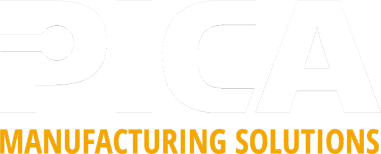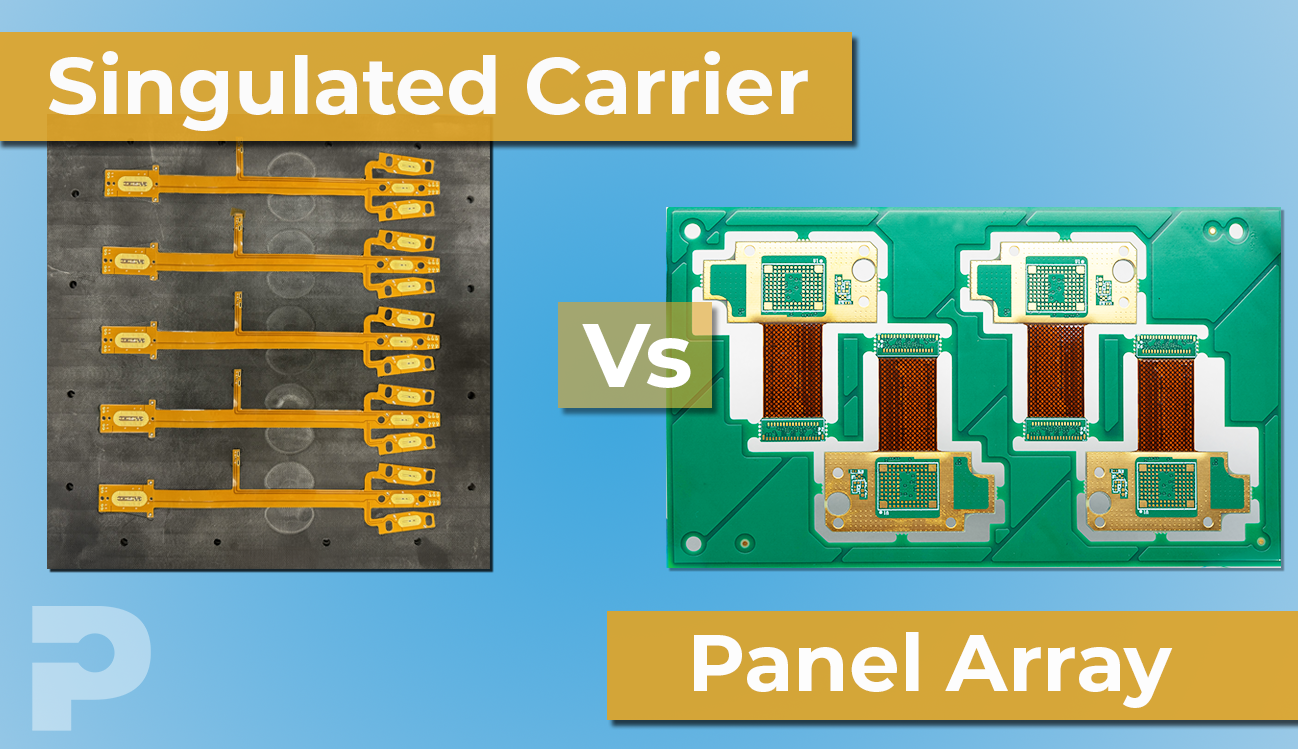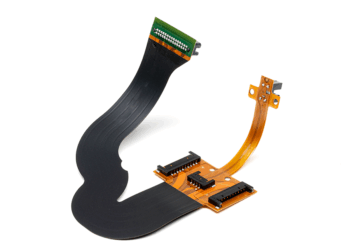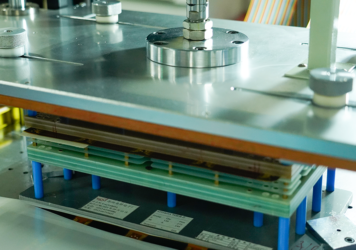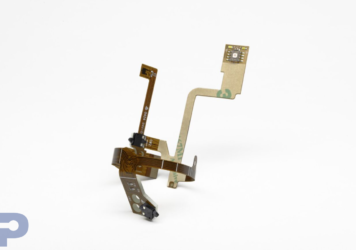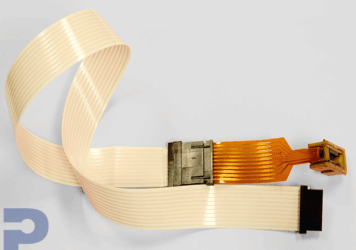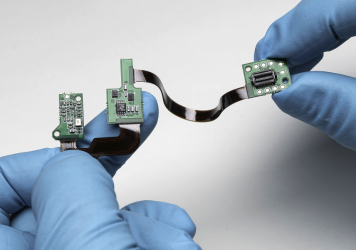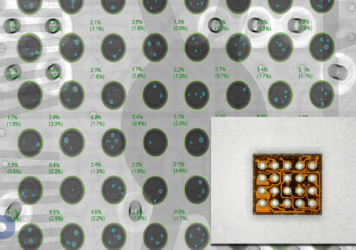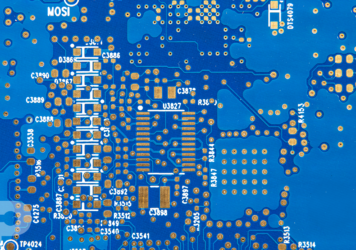Navigating SMT Assembly Methods for Flexible Circuits Part 2
Simon Lim2025-07-24T17:58:50+00:00Part 2: Comparing Panel Array vs. Singulated Carrier Assembly
In the first part of this series, we explored the key considerations for choosing between panel array assembly and singulated flex circuit assembly on a carrier in Surface Mount Technology (SMT). Now, in Part 2, we will directly compare these two methods, highlighting the pros and cons of each based on specific criteria. This side-by-side comparison will help you determine which method best suits your production needs.
Comparison by Key Criteria
- Efficiency and Throughput
Panel Array Assembly:
High Efficiency: Multiple identical circuits are assembled simultaneously within a single panel, leading to higher throughput and faster production times. This makes panel arrays particularly suitable for high-volume manufacturing.
Singulated Flex Circuit Assembly:
Lower Throughput: Each circuit is processed individually, which can slow down production. While this method offers greater precision for each circuit, it may not be as efficient for large-scale production runs.
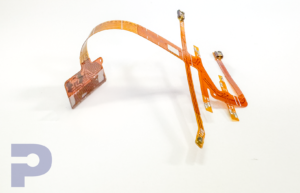
We offer expert design and production of flexible printed circuit boards, providing versatile and reliable solutions for a wide range of industries. Click the button below to learn all of our capabilities in flexible circuit board design.
2. Design Flexibility
Panel Array Assembly:
Limited Flexibility: Circuits need to conform to a panel format, which can limit design options, especially for complex or irregular shapes. This method is ideal for simpler, uniform designs.
Singulated Flex Circuit Assembly:
High Flexibility: Offers greater design freedom, accommodating complex or irregularly shaped circuits. This flexibility makes it suitable for custom designs, prototyping, and low-volume runs.
- Material Handling and Stability
Panel Array Assembly:
Better Stability: The more rigid nature of the panel provides added stability during the assembly process, reducing the risk of warping and ensuring precise component placement.
Singulated Flex Circuit Assembly:
Handling Challenges: Requires careful management to maintain stability and alignment, as each circuit is more prone to movement during the assembly process.
- Component Density and Alignment
Panel Array Assembly:
Superior Alignment: The structured layout of the panel helps maintain precise alignment, particularly important for circuits with high component density or fine-pitch components.
Singulated Flex Circuit Assembly:
Alignment Complexity: Maintaining precise alignment can be more challenging, especially for densely packed circuits. Extra care is needed to ensure accuracy during assembly.
- Cost Efficiency
Panel Array Assembly:
Potentially Higher Costs Due to X-Out: While efficient for high-volume production, panel arrays can become costly if a significant number of circuits in the panel are defective (X-out). This increases waste and reduces cost efficiency.
Singulated Flex Circuit Assembly:
Cost-Effective without X-Out Risk: By processing each circuit individually, this method isolates defects, potentially reducing overall production costs and material waste. It’s more cost-effective, especially when quality control is critical.
Conclusion
Both panel array assembly and singulated flex circuit assembly on a carrier offer distinct advantages and challenges, depending on your specific needs.
Panel Array Assembly excels in efficiency, throughput, and stability, making it ideal for high-volume production of simpler, uniform designs. However, it requires careful consideration of design constraints and the potential impact of X-out on costs.
Singulated Flex Circuit Assembly on a Carrier provides greater design flexibility, better cost efficiency in scenarios without X-out risk, and is well-suited for complex, low-volume, or custom projects. The trade-offs include potentially lower throughput and increased handling complexity.
By weighing these factors carefully, PICA Manufacturing Solutions can help you select the method that aligns best with your production goals, ensuring an efficient and cost-effective SMT assembly process. Whether your focus is on high-volume manufacturing or custom, precision designs, PICA is here to guide you every step of the way.
